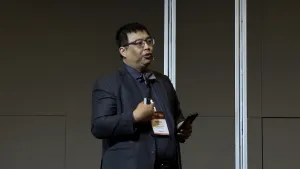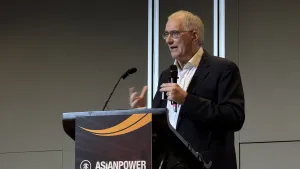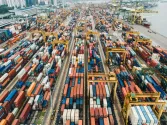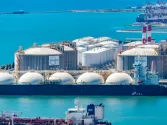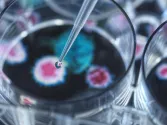Airlines adopt tech, SAF fast amidst net-zero push
75% of airlines are now using real-time software to optimise flights and cut emissions.
The aviation industry is accelerating its net-zero push with digital tools and cleaner fuels. SITA’s 2024 Air Transport IT Insights show 75% of airlines now use real-time software to cut emissions, while SAF partnerships have jumped 62%, reflecting rising investment in alternative energy.
Shantanu Gangakhedkar, Senior Aviation Consultant & Airports Lead at Frost & Sullivan, pointed to three key factors behind the rapid adoption of real-time software: operational efficiency, sustainability, and customer experience.
“Airlines are now trying to see how they can use such solutions to optimise their resources. The workforce is becoming a challenge across the globe,” Gangakhedkar said.
Beyond cost-saving, software solutions are being deployed to support in-flight sustainability efforts. “During the flight planning stage, as well as during the flight, they're trying to use these solutions which gather and share real-time data on how they can reduce carbon emissions based on changing certain flight levels… or making some slight changes in the flight path,” he explained, “These also help in reducing turbulence, which is on the rise.”
Passenger experience is another priority. “Because the competition is increasing among airlines, airlines are trying to see how they can further enhance the passenger experience across their touch points… even at the airport, and after they have left the airport,” Gangakhedkar said.
Despite growing momentum in technology adoption, scaling the use of SAF remains a major hurdle. Gangakhedkar identified three primary challenges: high cost, limited supply, and infrastructure investment.
“SAF is currently about two to four times more expensive than conventional jet fuel,” he said. “This puts pressure on airlines because it’s not possible to pass on all of this cost to passengers—otherwise tickets will skyrocket.”
Availability is another issue. “Globally, SAF is just about 1% supply of the total demand of jet fuel,” he noted. “There are efforts being taken to increase that, which will take time.”
Even producing SAF at scale requires significant capital. “The high cost of investment required to set up SAF production plants, and the need for continuous sustainable supply of feedstock, remain barriers,” Gangakhedkar said.
While SAF is expected to contribute 60% to 70% of the sector’s net-zero targets by 2050, additional innovations are needed.
“Alternate propulsion technologies—be it electric or hydrogen—are expected to address carbon emission reduction in the long term,” he said. “The industry is also looking at how data and AI can further reduce emissions. For example, there are trials using autonomous electric aircraft tugs for taxiing, instead of using both engines.”


